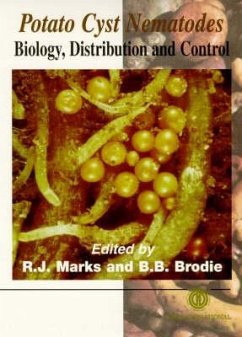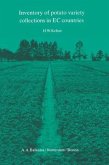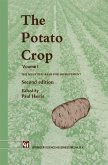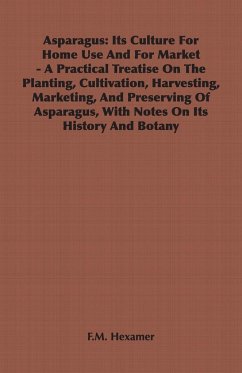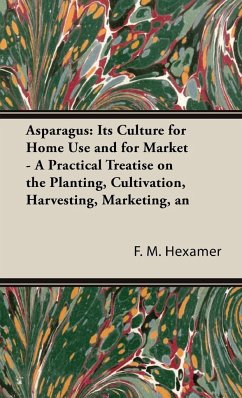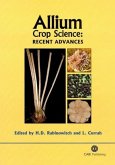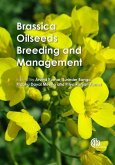The two closely related species of Potato Cyst-Nematodes (PCN), Globodera rostochiensis (Woll) and Globodera pallida Stone have a worldwide distribution. Both are internationally recognized plant quarantine organisms of actual or potential major economic importance wherever potatoes are grown or traded. They occur in large soil masses and also adhere to potato tubers as microscopic cysts, which represent a complex of morphologically identical, but behaviourally different virulence groups, or pathotypes. This presents major problems for their detection, identification and management. This book is a synthesis of current practical knowledge and underpinning scientific research on PCN globally. It is arranged in five sections, comprising nineteen chapters by leading practitioners and research nematologists, in which the biology, detection, identification and control options (including plant resistance) for PCN are examined. In addition, its worldwide status is considered, including South America, where PCN co-evolved with its potato host. Essential information is provided for professionals and advanced students of plant nematology and crop protection.
Hinweis: Dieser Artikel kann nur an eine deutsche Lieferadresse ausgeliefert werden.
Hinweis: Dieser Artikel kann nur an eine deutsche Lieferadresse ausgeliefert werden.

